Remote medical technologies are revolutionizing the healthcare industry by offering patients and healthcare providers more flexible, efficient, and effective ways to manage health conditions. These technologies encompass a wide range of devices and applications that allow for remote monitoring, diagnosis, and treatment of patients, reducing the need for in-person visits and improving access to care. This comprehensive guide explores the various types of remotely controlled medical devices, their applications, benefits, and the challenges associated with their use.
Types of Remote Medical Devices
Remotely medical devices come in various forms, each designed to address specific health needs. These are a few of the most popular kinds:
1. Wearable Devices
- Fitness trackers and smartwatches: Apple Watch and Fitbit are two devices that track vital proofs including heart rate, activity level, and sleep patterns.
- ECG Monitors: Wearable ECG monitors can detect irregular heartbeats and other cardiac issues in real-time.
2. Telehealth Devices
- Blood Pressure Monitors: Devices that allow patients to measure and transmit their blood pressure readings to healthcare providers.
- Glucometers: Devices that enable diabetics to monitor their blood glucose levels and share data with their doctors.
3. Remote Patient Monitoring (RPM) Devices
- Pulse Oximeters: Devices that measure blood oxygen levels and heart rate, crucial for patients with respiratory conditions.
- Weight Scales: Smart scales that track weight changes, are important for managing conditions like heart failure.
4. Mobile Health (mHealth) Applications
- Health Apps: Programs that monitor symptoms, keep track of medication compliance, and provide patient education.
- Telemedicine Platforms: Apps that facilitate virtual consultations with healthcare providers.
Applications of Remote control Medical Devices
Remotee medical devices have a wide range of applications, benefiting both patients and healthcare providers:
1. Chronic Disease Management
- Diabetes: Continuous glucose monitors (CGMs) help manage blood sugar levels, reducing the risk of complications.
- Hypertension: Remote blood pressure monitors allow for better control of blood pressure, preventing stroke and heart disease.
2. Elderly Care
- Fall Detection: Wearable devices with fall detection capabilities alert caregivers in case of an emergency.
- Remote Monitoring: Devices that monitor vital signs and daily activities help keep elderly patients safe and healthy.
3. Postoperative Care
- Wound Monitoring: Remote cameras and sensors can track the healing of surgical wounds, reducing the need for follow-up visits.
- Rehabilitation: To ensure appropriate recuperation, patients are guided through physical therapy activities by mobile apps.
4. Mental Health
- Teletherapy: Virtual platforms provide access to mental health professionals, offering therapy and counseling remotely.
- Mood Tracking: Apps that track mood patterns and provide interventions for managing mental health conditions.
5. Emergency Response
- Remote Diagnostics: Devices that transmit critical health data to emergency responders, improving the speed and accuracy of care.
- Teleconsultation: Platforms that connect patients with specialists during emergencies, providing immediate medical advice.
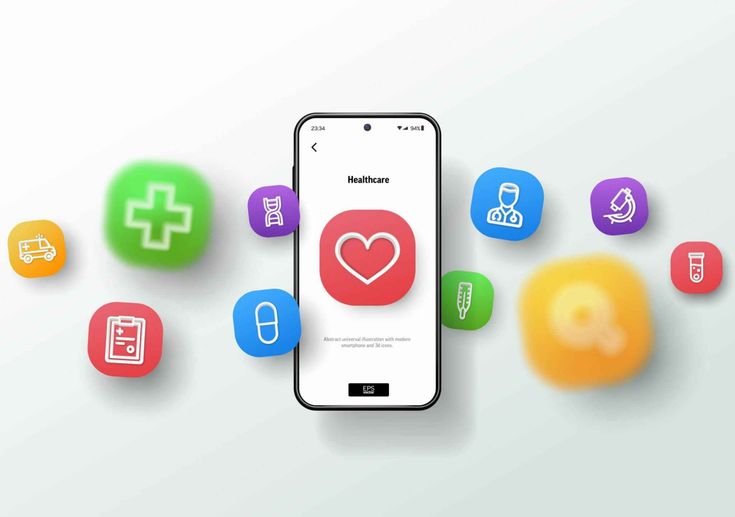
Benefits of Remote Medical Devices
The adoption of remotely medical devices brings numerous benefits to the healthcare system:
1. Increased Access to Care
- Remote mediical devices make healthcare more accessible to patients in rural or underserved areas, reducing the need for travel.
2. Improved Patient Engagement
- Patients are more involved in their care, leading to better adherence to treatment plans and improved health outcomes.
3. Cost Savings
- Reducing the need for hospital visits and admissions can lower healthcare costs for both patients and providers.
4. Enhanced Monitoring and Prevention
- Constant observation makes it possible to identify health problems early, which allows prompt intervention and avoids complications.
5. Convenience
- Patients’ entire experience and satisfaction are enhanced by being able to get care in the comfort of their own homes.
Challenges and Considerations
While medical devices offer significant advantages, some challenges need to be addressed:
1. Data Security and Privacy
- Ensuring the security and privacy of patient data is crucial, as remote devices often transmit sensitive information.
2. Regulatory Compliance
- For devices to be safe and effective, they must go by the standards and requirements established by health authorities.
3. Technical Issues
- Connectivity problems and device malfunctions can hinder the effectiveness of remote monitoring and treatment.
4. Patient Training
- Patients need to be adequately trained to use remote gadgets and medical devices correctly, which can be a barrier for some individuals.
5. Integration with Healthcare Systems
- Seamless integration of medical data with existing healthcare systems is necessary for comprehensive patient care.
Future Trends in Medical Technologies
The future of remote medical technologies looks promising, with several trends poised to shape the industry:
1. Artificial Intelligence (AI) and Machine Learning
- AI systems can analyze data from distant devices to generate customized therapies and estimate insights.
2. Internet of Medical Things (IoMT)
- Connected devices will create an integrated ecosystem, enabling more efficient and coordinated care.
3. 5G Technology
- Faster and more reliable internet connections will enhance the performance and capabilities of remote medical devices.
4. Augmented Reality (AR) and Virtual Reality (VR)
- VR and AR can be used for remote training, rehabilitation, and even surgical planning.
5. Advanced Wearables
- Wearable devices will become more sophisticated, offering a wider range of health monitoring capabilities.
Case Studies: Real-World Applications
To illustrate the impact of medical devices, here are a few case studies demonstrating their real-world applications:
1. Remote Monitoring for Heart Disease
- Case Study: A healthcare provider implemented a remote monitoring program for heart disease patients using wearable ECG monitors and mobile apps.
- Outcome: Patients experienced a significant reduction in hospital readmissions due to early detection of irregular heart rhythms and timely interventions.
2. Telehealth in Rural Communities
- Case Study: A rural healthcare facility integrated telehealth services, including remote consultations and monitoring devices, to reach patients in remote areas.
- Result: Because of the simplicity of use and shorter travel times, patient satisfaction rose and access to specialized care improved.
3. Chronic Disease Management in Elderly Patients
- Case Study: An assisted living facility used remote patient monitoring devices to track the health of elderly residents, focusing on conditions like diabetes and hypertension.
- Outcome: Early detection of health issues led to proactive management, reducing emergency room visits and improving residents’ overall health.
Conclusion:
Remote medical devices and applications are transforming the healthcare landscape by providing more accessible, efficient, and patient-centered care. From chronic disease management to emergency response, these technologies are helping to improve health outcomes and reduce healthcare costs.
However, to fully realize the potential of medical technologies, it is essential to address challenges related to data security, regulatory compliance, and patient training. As technology continues to evolve, the integration of AI, IoMT, and 5G will further enhance the capabilities and impact of online medical devices, paving the way for a more connected and innovative healthcare system.
Implementing these technologies enhances patient care and empowers healthcare providers with tools that improve diagnosis, treatment, and monitoring. The future of healthcare is increasingly digital, and remotee medical devices will play a critical role in this evolution, ensuring that high-quality care is available to all, regardless of location.

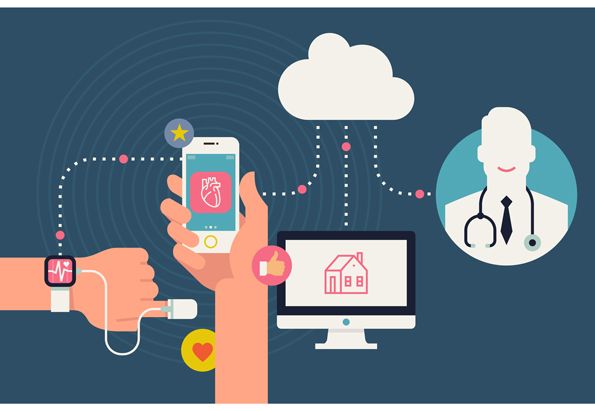

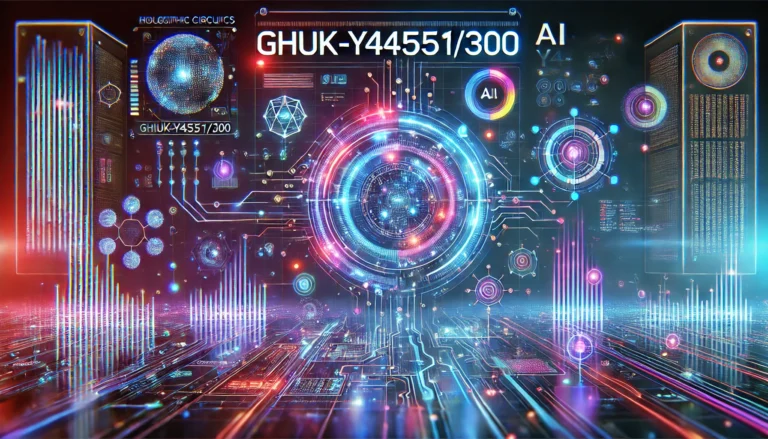
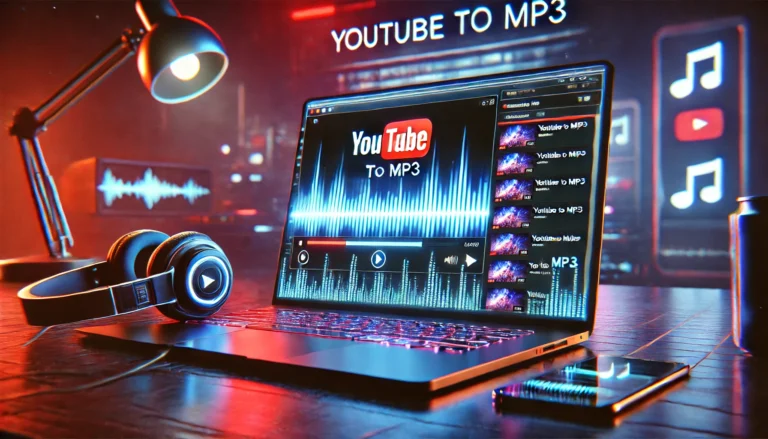
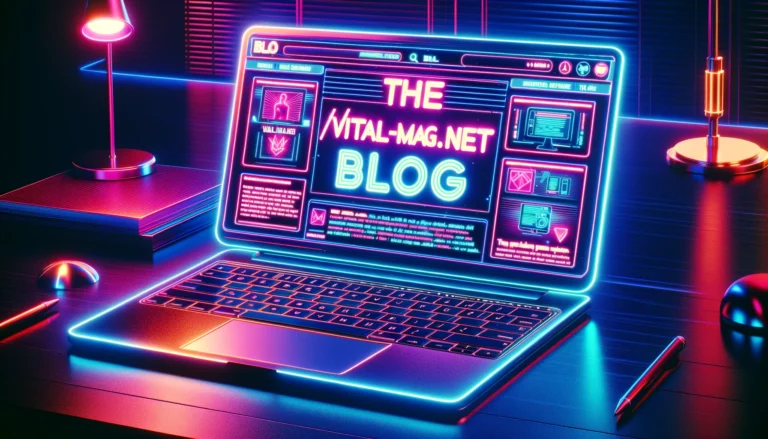
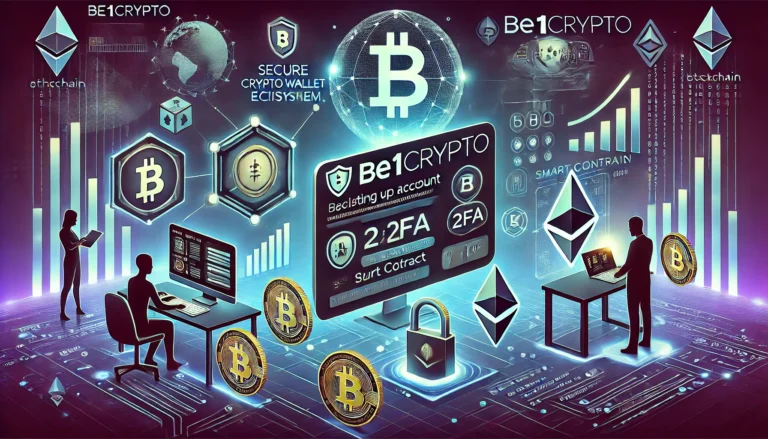
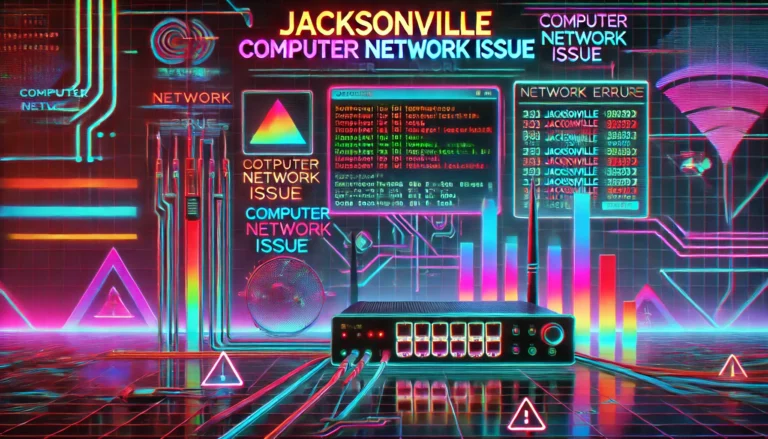
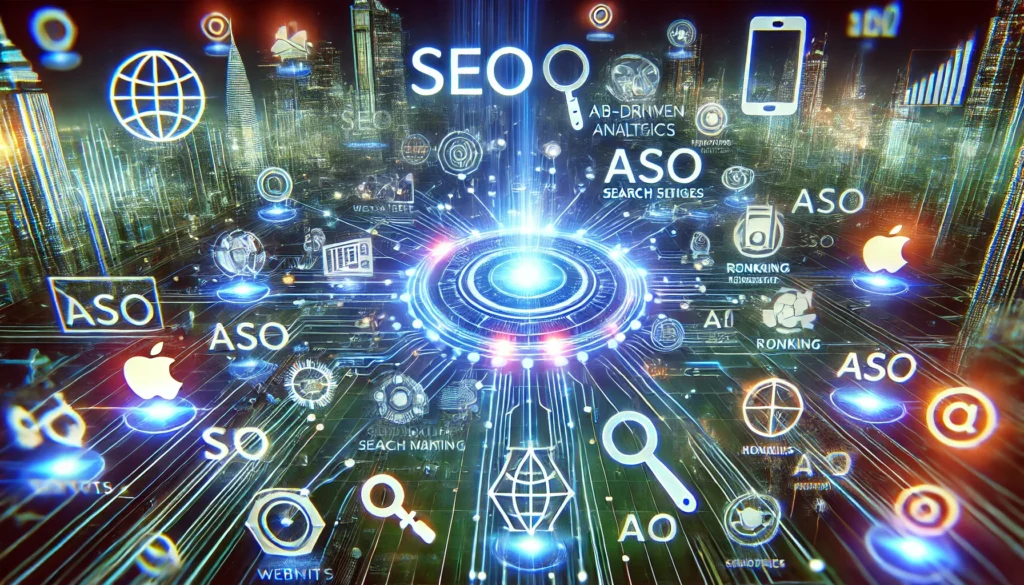
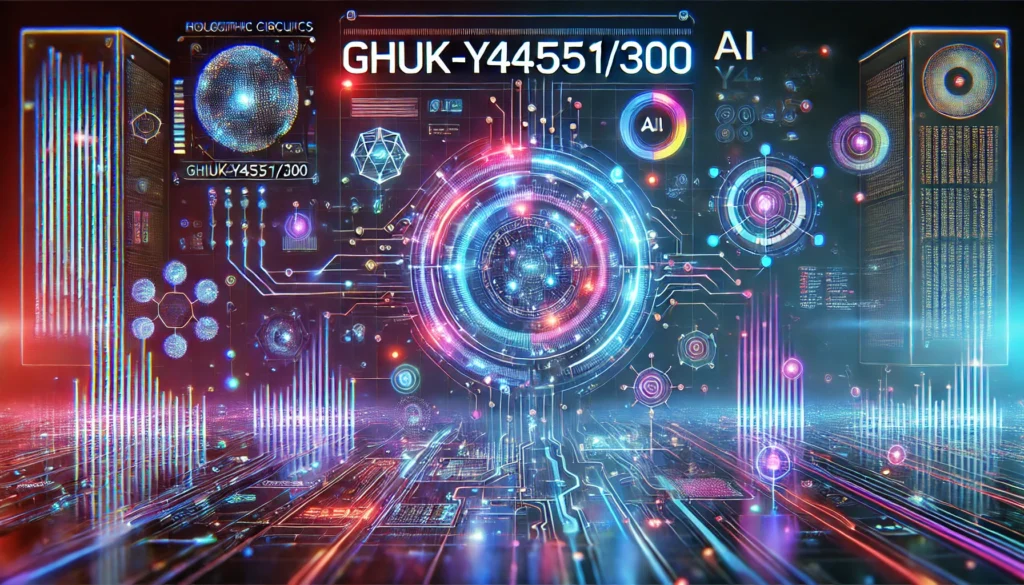
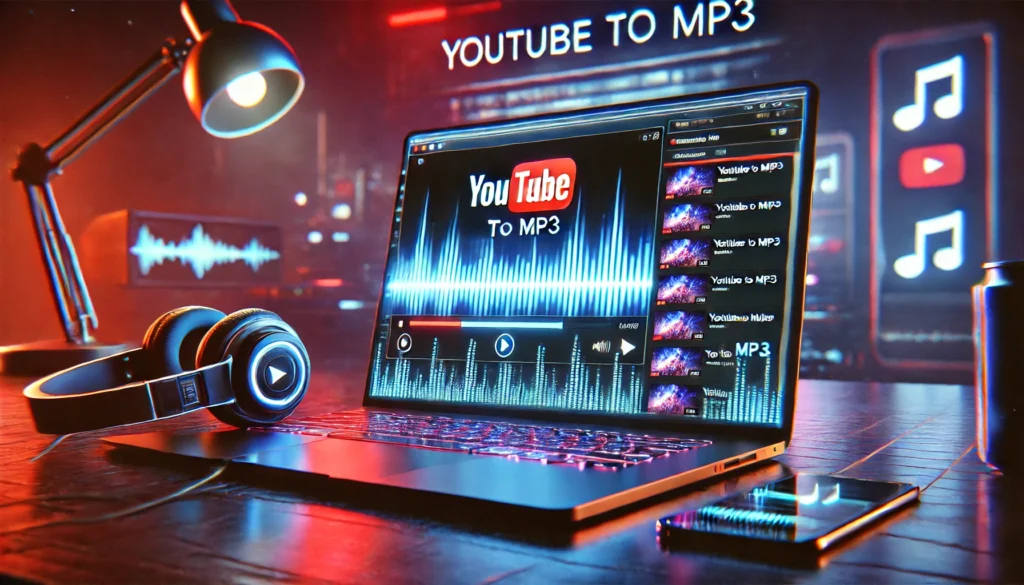
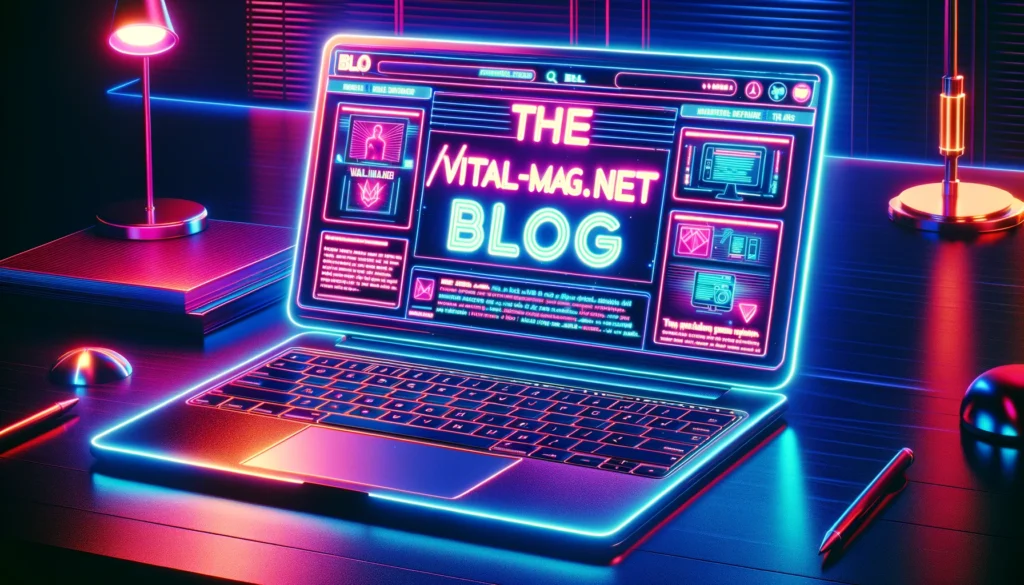
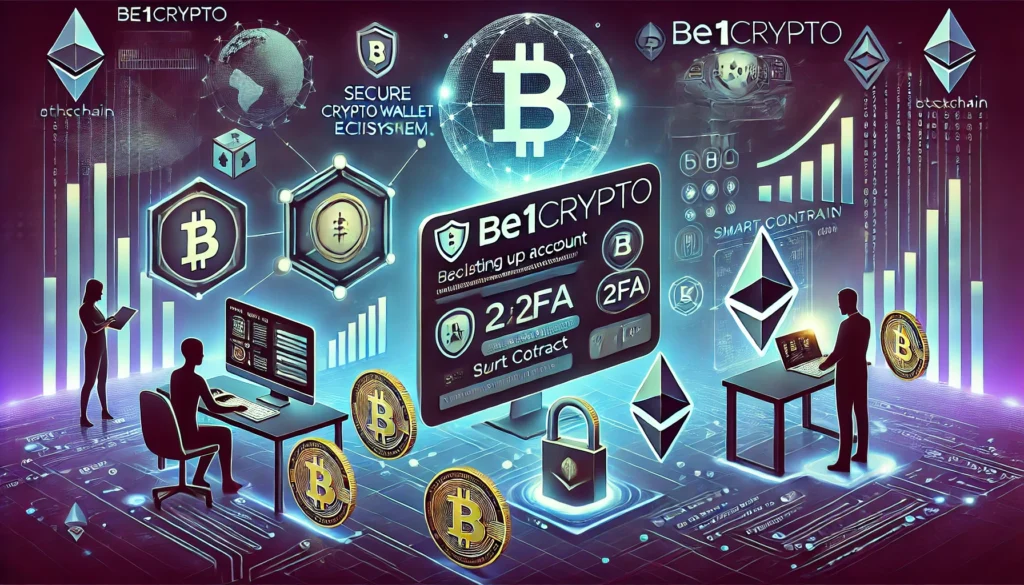
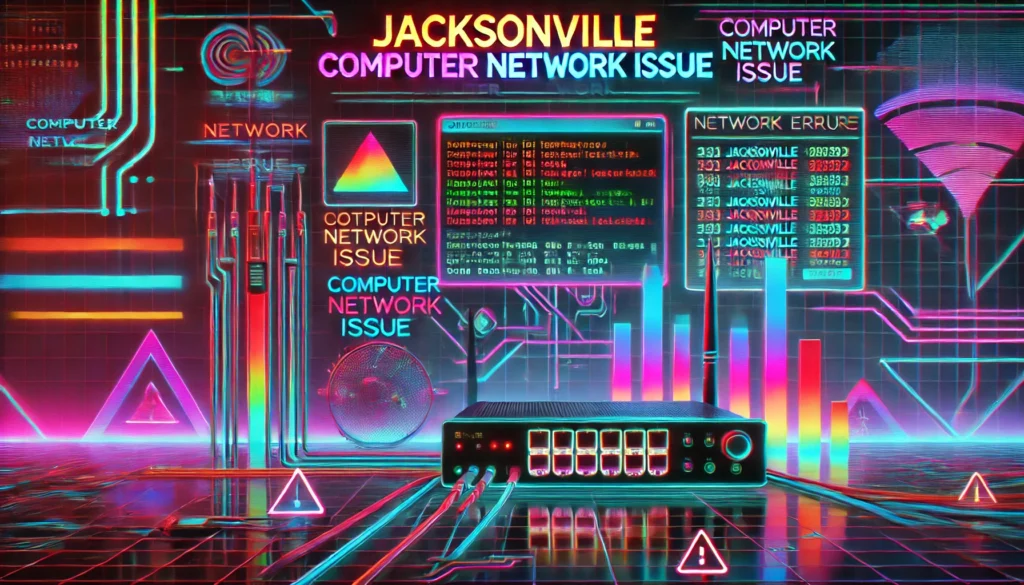

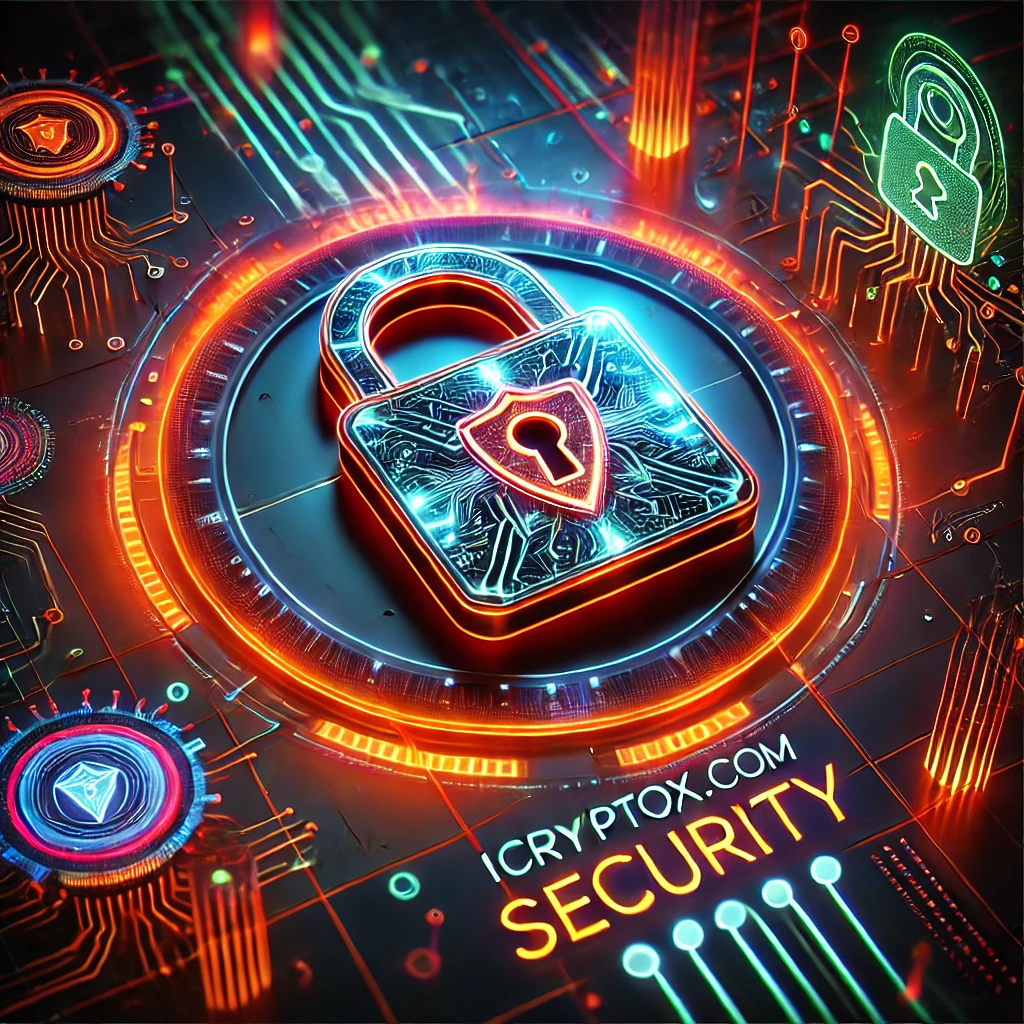

2 thoughts on “A Complete Guide to Remote Medical Devices and Applications”
Pingback: New Software 418DSG7 Features, Benefits, and Why You Need It
Pingback: SEO for Websites & ASO for Apps: A Dual Strategy for Online Success